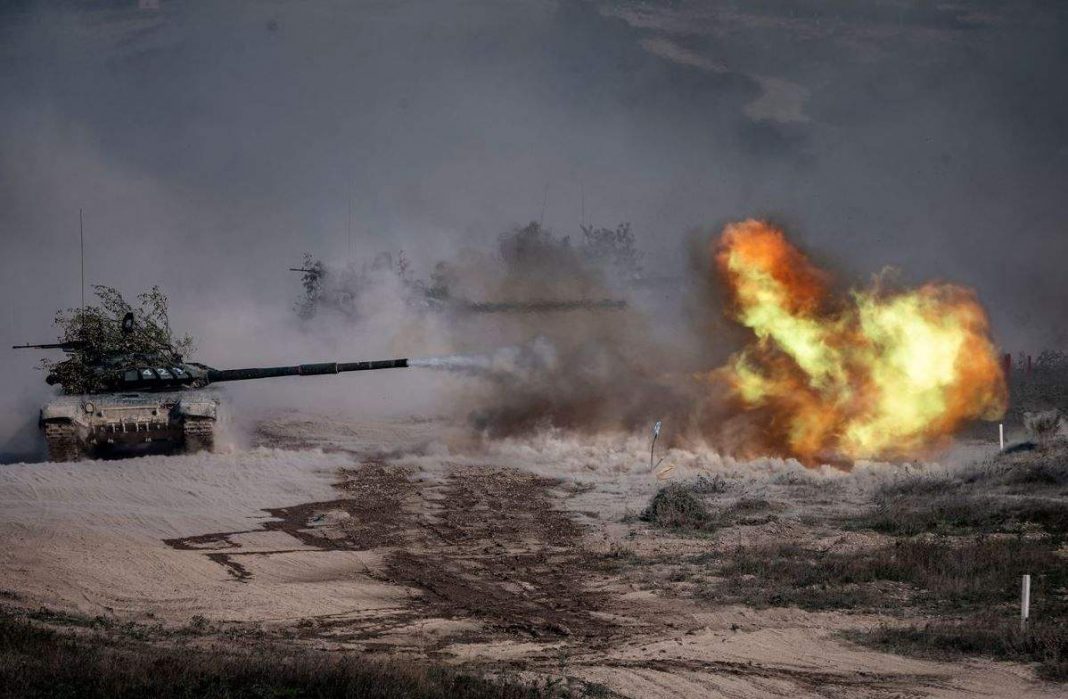It has been the first time in history that global military spending has reached $2 trillion per year, and it is expected to climb much more as European nations beef up their armed forces in reaction to Russian invasion of Ukraine.
According to a research issued Monday by the Stockholm International Peace Research Institute, or SIPRI, nations spent a total of $2,113 billion on their armies in 2021, an increase of 0.7 percent in real terms over the previous year.
The International Strategic Investment Partnership (SIPRI) reports that military expenditure has climbed for seven consecutive years after a short period of decline between 2011 and 2014. Following the full-scale invasion of Ukraine, numerous European countries have committed to a significant increase in military expenditure to improve the capabilities of their armed forces.
“Europe was already on an upward trajectory, and this trajectory would accelerate and deepen,” Lucie Beraud-Sudreau, head of the Stockholm International Peace Research Institute’s military spending and weapons manufacturing programme, said in a phone interview.
According to Beraud-Sudreau, the increase in military spending in Europe since 2015 has been fueled in part by the annexation of Crimea by Russia in 2014, which raised the perceived threat level at the same time as the Trump administration increased pressure on NATO allies to spend more on their armed forces.
European defence expenditure is expected to account for 20% of total worldwide spending in 2021, with China’s defence budget, the world’s second highest, accounting for 14%.
According to SIPRI, the United States will continue to be the largest spender, with $801 billion expected to be committed to the military forces in 2021. The United States’ military expenditures have accounted for up to 39 percent of total worldwide expenditures during the recent decade. As US weapons sales have fallen, more money has been allocated to military research and development, indicating that the US is placing more emphasis on next-generation technology, according to SIPRI researcher Alexandra Marksteiner.
Early indications indicate that updating and upgrading weapons systems would be a top priority for European countries ranging from Sweden to Spain, according to Beraud-Sudreau, as more countries commit to enhance their defence spending. Consequently, they must choose between prioritising a rapid buildup by purchasing equipment off-the-shelf from armaments manufacturers in other areas of the globe, or pursuing a more long-term strategy by boosting financing for local industry and research.
However, Russia’s invasion has brought attention to the fact that purchasing weapons is not the sole necessary.
As she pointed out, “you can see that many of the issues faced by Russian soldiers are connected to things like logistics, gasoline, tyres, and secure communications.” While purchasing such items may be less obvious, the situation in Ukraine has shown to outside observers how critical such purchases are in the process of waging war.

